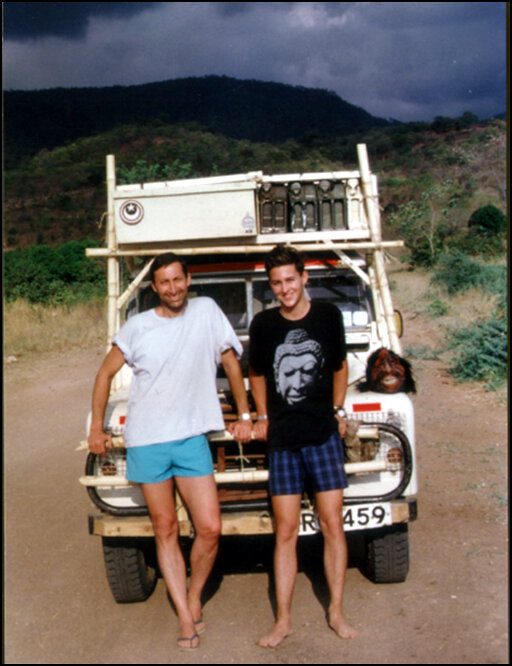As I interact with different kinds of people, in one-on-ones or group sessions, in board meetings or workshops, I am exposed to bright sparks who speak too quickly. And as I listen to them I speculate on why they’re breaking the vocal speed limits.
My first thought is that the root cause of the fast speaking is fast thinking: needing to speak at a pace that keeps up with the speed at which their scripts are being formulated upstairs. Others, however, rush through what they have to say because they don’t want to occupy too much of our time, or are actually bound by a time limit and don’t want to miss anything out.
Whatever the reason, the consequence is that they leave us panting with exhaustion as we try to keep up with their jet-propelled outpourings. Their speed also takes away from their gravitas, leading us to see them as less senior than we otherwise would. A slower pace, with appropriate pauses too, would both help us absorb and up our image of them as people of presence and poise.
Then there are those who speak too softly, so we can hardly hear them. Maybe although we can’t even figure out some of what they’re saying we don’t want to upset them by keeping on asking them to repeat what they’d said and to kindly speak up. What’s the mindset that delivers these whisperers? From what I have observed they are often people of humility – or what I describe as “excess humility”. They don’t wish to be perceived as noise-makers, trumpet-blarers, and swing to the other end of the volume spectrum.
Other categories of those whose speech we find challenging include ones who insufficiently open their mouths to utter the vowels between their consonants; those who avoid eye contact; and those who indulge in what is called “verbal ticks” – repeated and unnecessary use of “you know”, “sort of”, “like”, and ending sentences with “right?” Plus the “um” and the “er” utterers.
Most of these people just aren’t aware of what makes them less effective communicators than they could be. Probably no one has ever given them feedback, coached them, or encouraged them. Some have had their shortcoming pointed out to them, but they’re so accustomed to how they have always spoken that it’s just proved too hard to change — plus they underestimate the negative consequences of not doing so.
So as I come across the too-fast and the too-soft and other sub-optimisers, I sometimes approach them after the session to chat with them about how they could up their game: what they could do differently, and with what positive consequences. I also have them explore the root causes of speaking as they are doing, to help them overcome whatever psychological or other factors holding them back from being at their best.
If I have the opportunity to see them in action again, where they know I am watching and listening intently, they may try harder and then I can give them specific – and hopefully by then positive – feedback. I talk with them about rising through the four stages of their adaptation, from unconscious incompetence to conscious incompetence, then conscious competence and finally unconscious competence – the new normal, where they no longer have to think about the adjustment.
A few years ago I wrote an article about how communicating clearly is a core competence, at all levels but more so at the higher ones. Yet too many fall far short, lacking self-awareness and the need for improvement.
What about you? Are you communicating as well as you could? Should you be seeking feedback? Should you be getting help to up your game, so that you can enjoy the benefits of being the new optimal you?
Be conscious of how those around you communicate, and as you come across the speed merchants, the whisperers and others who aren’t performing at their best, see if you can find a way to help them. Not everyone’s up for it, but you should be able to judge who is, and then to engage with emotional intelligence so they don’t feel offended.
Needless to say, the one whose communication you should be most conscious of is yourself. Find a way of listening to and observing yourself – including through studying video recordings of you – and assume the possibility of continuous improvement.

